Best Safety Gear for Mountaineering in 2025
The future of mountaineering isn’t just about going higher – it’s about coming back safer. As alpinism pushes into more technical, remote, and extreme territory, a quiet revolution is unfolding: the rise of intelligent, tech-driven safety tools.
This isn’t a list of basic helmets and ropes. These are the next-gen tools that seasoned mountaineers are already using – or should be watching closely.
Here’s what’s changing on the sharp end of safety in the high mountains.
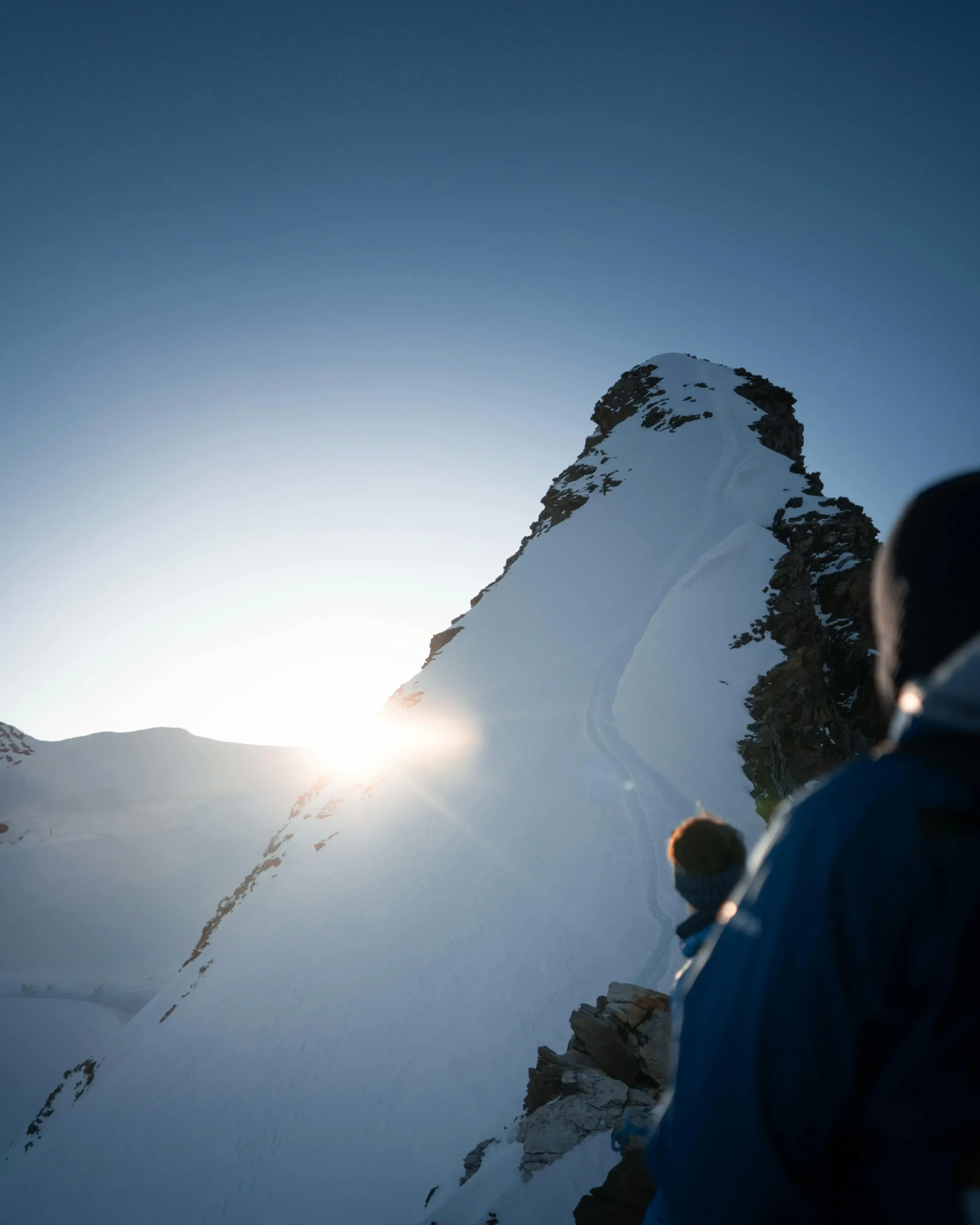
Table of contents
AI-Driven Route Mapping with Avalanche Risk Detection
Next-Gen Avalanche Backpacks with Auto-Activation
Compact Satellite Devices with Mesh Networking
Ropes That Speak: Fiber-Optic Core Sensors
Biometric Wearables for High-Altitude Decision Making
Weather Drones for Expedition Planning
Smart Helmets with Impact Sensors and Alerts
AI-Driven Route Mapping with Avalanche Risk Detection
Apps like Outdooractive Pro+ are no longer just pretty 3D maps – they’re merging real-time data, terrain scanning, and AI risk modeling.
Some cutting-edge beta versions now analyze snowpack data, slope angles, and historical avalanche activity to automatically flag risky zones. For ski mountaineers and alpine climbers, this could be the future of pre-climb planning.
Not just maps. This is terrain intelligence.
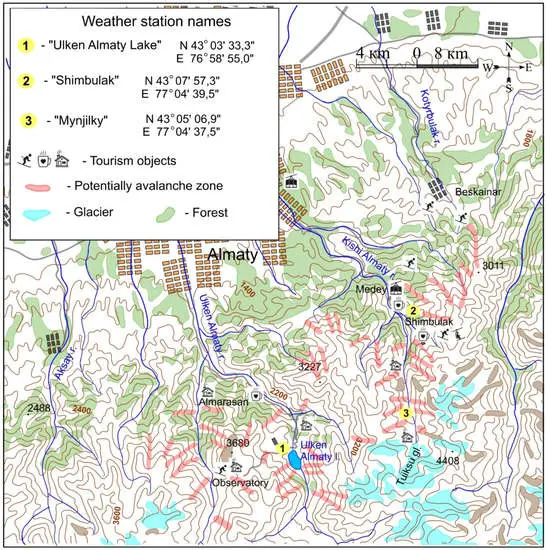
Next-Gen Avalanche Backpacks with Auto-Activation
Manual triggers are out. The latest avalanche airbags – like ARVA Reactor or Black Diamond JetForce Pro 2.0—are integrating automatic deployment tech, designed to sense a fall and inflate even if you can’t react in time.
Some developers are even working on voice-activated triggers and fall-sensing accelerometers, minimizing human error in critical moments.
Compact Satellite Devices with Mesh Networking
Forget bulky PLBs. Devices like the Somewear Global Hotspot and GoTenna Mesh use satellite + mesh tech, allowing your entire group to stay connected even when one member loses line-of-sight to a satellite.
That means you can still coordinate rescue, weather, and decision-making deep inside technical terrain – or even narrow couloirs.
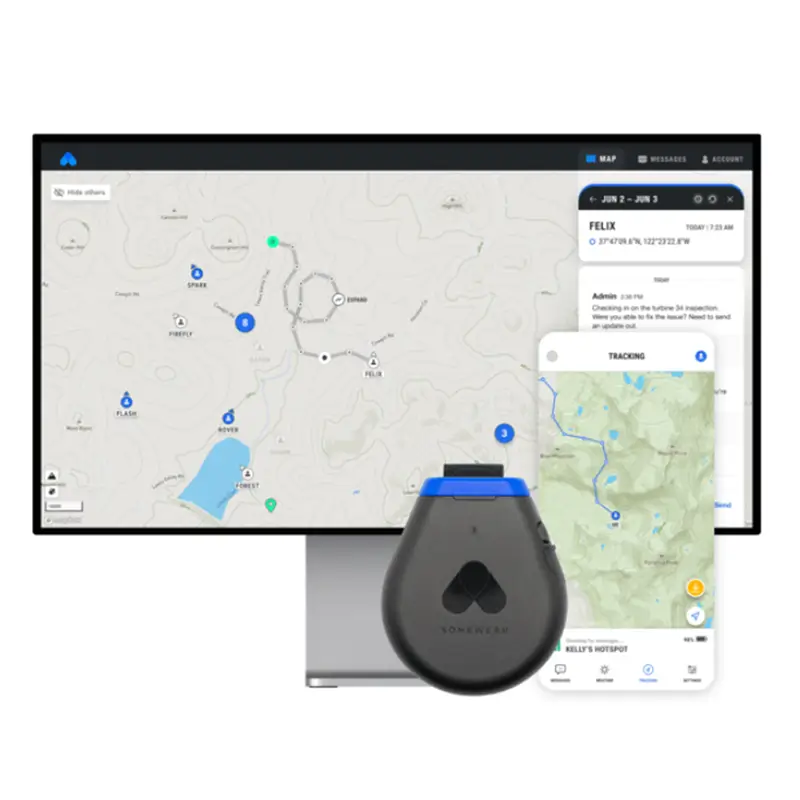
Ropes That Speak: Fiber-Optic Core Sensors
Still in limited production, smart ropes with fiber-optic cores are being tested by elite climbers and rescue teams. These ropes can detect microscopic core damage, moisture retention, and dynamic stress in real time, transmitting signals to a mobile device or base unit.
Think of it as a black box for your rope.
Biometric Wearables for High-Altitude Decision Making
Oxygen saturation and heart rate data aren’t just for ultrarunners anymore. Wearables like the COROS Vertix 2 and Suunto Vertical now integrate AMS alerts, acclimatization guides, and nighttime HRV tracking to prevent summit push disasters.
Serious expeditions now include biometric baselining before departure – and it’s saving lives.
Weather Drones for Expedition Planning
In high-profile Himalayan or Karakoram expeditions, portable weather drones are now being deployed to capture localized microclimate data.
This goes far beyond forecast apps – think on-site wind profiles, humidity, and thermal imaging. It’s not mainstream yet, but elite guides are already experimenting with it for technical route scouting.
Smart Helmets with Impact Sensors and Alerts
Petzl and Salewa have started rolling out sensor-enabled helmets that detect impact force, GPS location, and even send automated SOS signals if the user is unconscious.
Think of it as an airbag + beacon + black box – for your head.
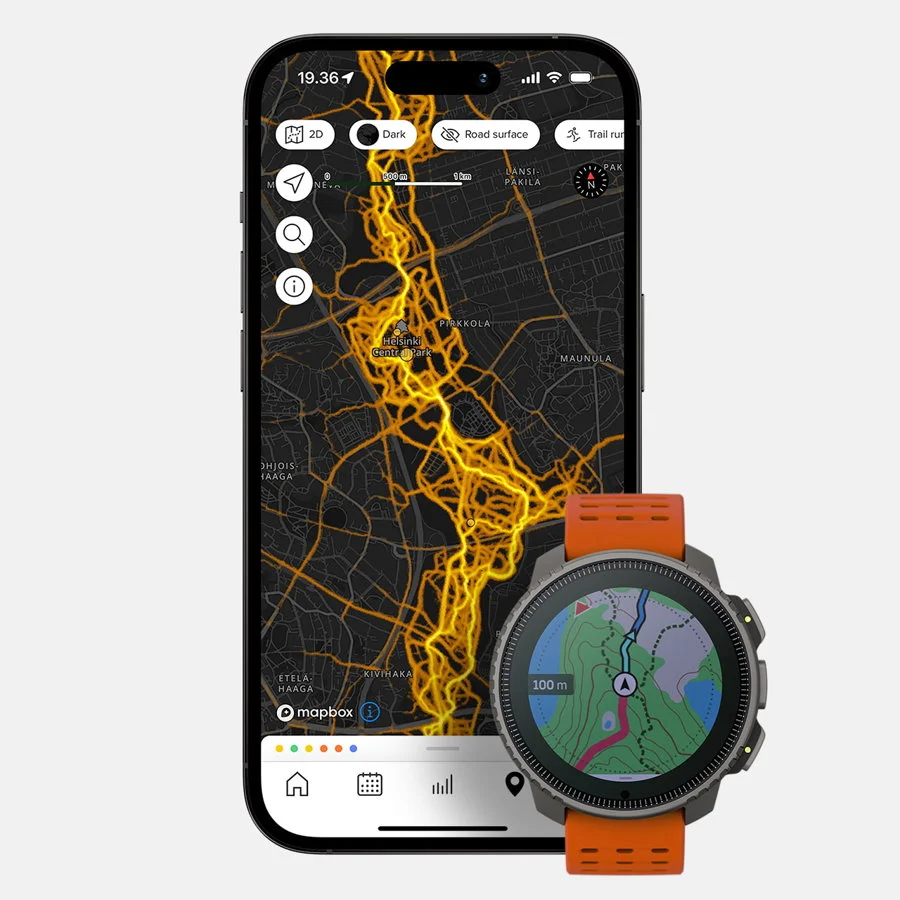
The Climb Ahead: Smarter, Not Just Stronger
These innovations aren’t about turning climbers into robots – they’re about making sure bold choices don’t become fatal ones. As terrain gets more complex and conditions less predictable, safety must evolve.
And for those pushing into the wildest places, innovation might just be the best belay partner you’ll ever have.
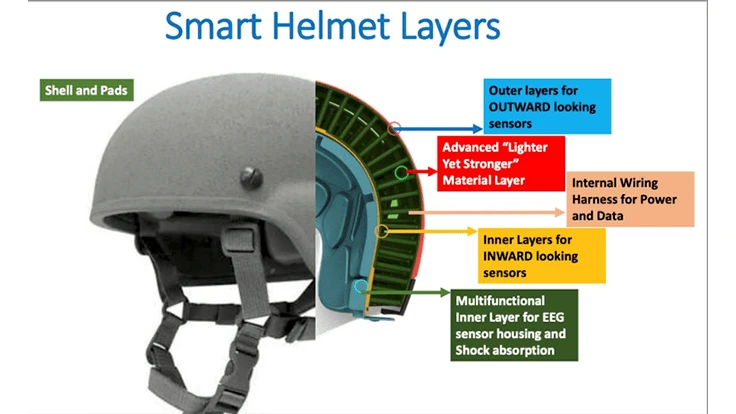
Conclusion: Embracing the Thrill of Alpine Climbing
Alpine climbing is a pursuit that combines the thrill of adventure with the serenity of nature. It challenges us physically, mentally, and emotionally, pushing us to our limits and rewarding us with breathtaking views and a sense of accomplishment. Mastering the peaks requires dedication, preparation, and a deep respect for the mountains and their inherent risks.
By equipping yourself with the right gear, understanding weather patterns, and honing your physical and mental skills, you can embark on alpine climbing adventures with confidence. Choose your routes wisely, practice navigation techniques, and cultivate strong team dynamics to ensure a safe and enjoyable climb. Embrace the challenges and learn from each experience, continually striving to improve and grow as a climber.
As you stand atop a majestic peak, gazing out at the vast expanse before you, remember the journey that brought you there. The effort, the preparation, the camaraderie, and the respect for nature all culminate in that moment of triumph. Alpine climbing is not just about reaching the summit; it’s about the journey, the lessons learned, and the memories created along the way. So, lace up your boots, gather your gear, and set your sights on the peaks. The mountains are calling, and your adventure awaits.
